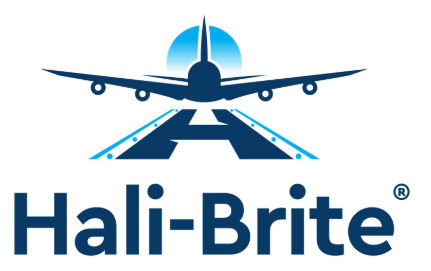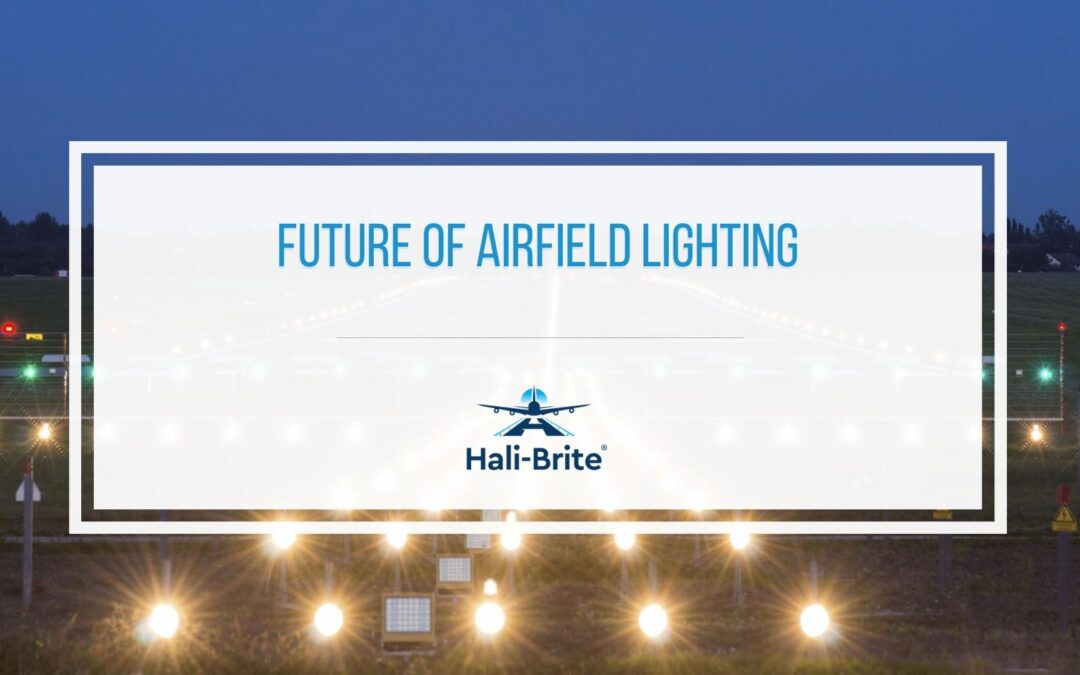From aircraft design to air traffic control systems, every aspect of the aviation industry is constantly adapting to new technologies and innovations. The future of airfield lighting, for instance, is marked by technological advancements that will significantly enhance aviation safety, efficiency, and sustainability.
The importance of staying updated with these trends cannot be overstated. For aviation professionals, this means ensuring that airports have the most advanced lighting systems to guide aircraft safely during takeoff, landing, and taxiing. Keeping pace with the latest airfield lighting technology isn’t just an option; it’s a necessity to meet the evolving safety standards and demands of passengers and aircraft operations.
In this article, you will learn more about the future trends in airfield lighting and how these advancements are set to revolutionize air travel.
- Advancements in LED Technology
- Integration of Sensors and Automation
- Sustainable and Environmentally Friendly Lighting
- Enhanced Visibility and Safety
- Preparing for the Future
Advancements in LED Technology
LED (Light Emitting Diode) airfield lighting has been a game-changer in the aviation industry, replacing traditional incandescent and halogen lights. LED lighting offers several advantages, including energy efficiency, durability, longevity, and sustainability. These advantages not only reduce operational costs but also enhance airfield safety.
The shift from traditional incandescent to LED airfield lighting started in 2007 with the passage of the Energy Independence and Security Act (EISA), prompting the Federal Aviation Administration (FAA) to advocate for the adoption of LED technology. Since then, numerous airports across the United States have made substantial progress in transitioning to LED airfield lighting systems. As technology continues to advance, we can expect further improvements in LED lighting for airfields, such as the development of organic light-emitting diode (OLED) fixtures and the use of smart lighting systems.
Integration of Sensors and Automation
Smart lighting systems are the next frontier in airfield lighting technology. These advanced systems leverage a combination of sensors, data analytics, and real-time control mechanisms to create a dynamic and adaptive lighting environment. Here’s how smart lighting systems are shaping the future of airfield lighting:
- Weather Adaptability. Smart lighting systems can integrate with weather monitoring stations to adjust lighting levels and patterns in real time based on current weather conditions. For example, during fog or heavy rain, the system can automatically increase the brightness of runway lights to improve visibility for pilots.
- Aircraft Movement Tracking. By utilizing sensors and radar systems, smart lighting can track aircraft movements on the runway and taxiways. This allows for dynamic lighting adjustments, ensuring that lights are activated only in the presence of an aircraft, thus saving energy and reducing light pollution.
- Energy Management. Smart lighting systems are designed with energy efficiency in mind. They can dim or turn off lights in areas with no aircraft or ground personnel activity and automatically optimize lighting schedules based on traffic patterns, further reducing energy consumption.
- Remote Monitoring and Control. Airfield operators can remotely monitor and control the entire lighting system from a central location. This not only simplifies maintenance and troubleshooting but also allows for proactive system management. In case of technical issues or maintenance needs, personnel can quickly respond without physically inspecting each lighting fixture.
Sustainable and Environmentally Friendly Lighting
Sustainability is no longer a peripheral concern but a central focus in airfield lighting. Airports are major consumers of energy, and airfield lighting represents a significant portion of their electricity usage. By adopting sustainable and eco-friendly airfield lighting solutions, primarily LED technology, airports can substantially reduce their carbon footprint and decrease greenhouse gas emissions, aligning with global efforts to combat climate change.
Moreover, some airfield lighting solutions utilize solar power, such as Hali-Brite’s Solar Power Supply, for specific applications. Solar panels capture energy from the sun during the day and store it for nighttime operations. This renewable energy source reduces the airport’s dependence on grid electricity and further lowers its environmental impact by utilizing clean, sustainable energy.
Enhanced Visibility and Safety
Future lighting technologies in aviation are expected to significantly enhance visibility and safety for pilots and ground personnel. Advanced airfield lighting systems will provide brighter and more consistent illumination, reducing risks of collisions and incidents and enabling rapid response in emergencies.
These systems incorporate dynamic control and automation features, ensuring optimal visibility for pilots and ground personnel during all weather conditions. For example, color-tunable lighting capable of changing color temperature can adapt to specific visibility needs. Warmer colors can be used for improved contrast during foggy conditions, while cooler colors enhance visibility in clear weather.
Preparing for the Future
As the aviation industry prepares to embrace the exciting future trends in airfield lighting, Hali-Brite stands ready to meet your lighting requirements. Our airfield lighting solutions not only adhere to the stringent FAA safety standards but are also equipped with cutting-edge technology, helping improve the safety, efficiency, and sustainability of your airport operations. Call us now at (218) 454-095 or contact us here for more information.


